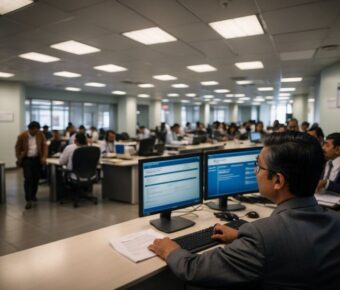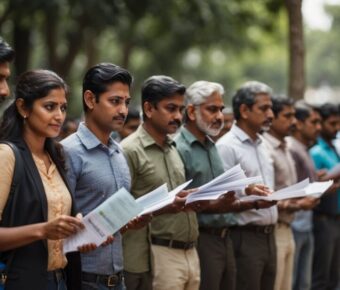
U.S. $250 ‘Visa Integrity Fee’: What Travelers Need to Know Now
Planning a trip to the United States just got a bit pricier. Starting in late 2025, most travelers who need a non-immigrant visa will have to pay a new $250 “Visa Integrity Fee” on top of the regular application cost.
It’s not optional, and there’s no discount, so you’ll need to factor it into your travel budget. If you’ve applied for a U.S. visa before, you already know the process can get expensive and time-consuming.
This new fee adds another layer to the mix—especially if you’re traveling for school, business, or just hoping to see the sights. I’ve had my fair share of visa applications, and it’s always the little changes like this that sneak up on you.
The timing is interesting, too. The rule takes effect just before major global events that could attract more visitors to the U.S., so I’d expect higher demand and possibly longer waits.
- A new $250 fee will apply to most non-immigrant U.S. visa applicants
- The fee begins in late 2025 and isn’t waived or reduced
- Knowing the rules now could save you stress and cash
Table of Contents
- What is the U.S. $250 ‘Visa Integrity Fee’?
- Definition and Purpose
- How the Fee Is Structured
- Connection to the One Big Beautiful Bill Act
- Who Must Pay the Visa Integrity Fee
- Nonimmigrant Visa Applicants
- Countries and Travelers Exempt
- Special Cases and Exceptions
- How and When the Fee Will Be Collected
- Implementation Timeline
- Collection Process and Agencies
- Refund and Reimbursement Rules
- Impact on International Travelers
- Increased Travel Costs
- Effect on the Visa Application Process
- Travel Industry Reactions
- Implications for Major Events and Tourism
- World Cup Visitors
- Olympics Attendees
- Travel Trends and Projections
- Criticisms and Controversies
- Concerns from Travel Associations
- Debate Over Deterring Overstays
- Policy Adjustments and Future Outlook
- Frequently Asked Questions
- What are the new requirements for obtaining a U.S. visa following the implementation of the Visa Integrity Fee?
- How does the introduction of the Visa Integrity Fee impact the overall cost of U.S. travel for international visitors?
- Book Your Dream Experience
- More Travel Guides
What is the U.S. $250 ‘Visa Integrity Fee’?
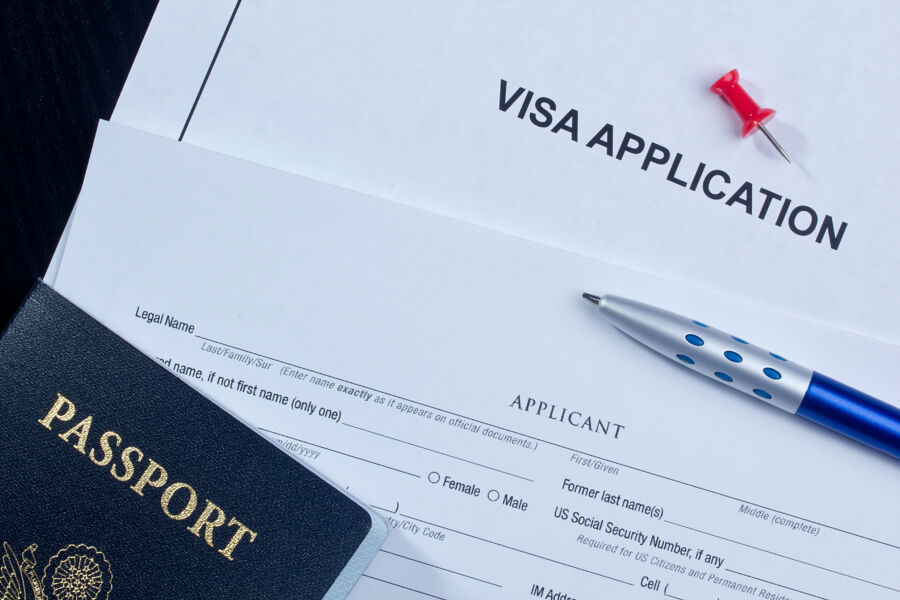
If you’re planning to visit the United States on a non-immigrant visa—tourism, study, or temporary work—get ready for an extra $250 charge. This new cost, the Visa Integrity Fee, is set to hit in September 2025. Most applicants will pay it, but a few exceptions exist.
Definition and Purpose

The Visa Integrity Fee is a mandatory surcharge that the U.S. government will tack onto certain nonimmigrant visa applications. That covers popular categories like B-1/B-2 tourist and business visas, F-1 student visas, and some temporary work visas.
The U.S. Department of State states that the goal is to recover costs associated with visa processing and enforcement. In plain English, it’s about funding systems that verify info, prevent fraud, and track overstays.
From a traveler’s point of view, it’s just another line on your visa budget. But really, it’s part of a bigger push to tighten immigration controls. I’ve noticed plenty of other countries rolling out similar “security” or “processing” fees, and let’s be honest—they rarely go away.
How the Fee Is Structured

The fee is fixed at USD 250 and gets added on top of the regular visa application cost. For example, the current B-1/B-2 visa fee is $185. With the new charge, you’re looking at $435.
It’s a per-application fee. If you apply for multiple visas or reapply after a denial, you’ll pay it each time. You’ll need to pay at the same stage as your regular visa fee—before your interview or biometrics appointment.
Some travelers will be exempt. According to current guidance, citizens of certain countries with reciprocal agreements or those applying for specific diplomatic and official visas might not have to pay. If you’re unsure, double-check the official U.S. visa fee schedule before you apply.
Connection to the One Big Beautiful Bill Act

This fee didn’t just pop up overnight—it’s buried in the recently passed One Big Beautiful Bill Act. That law bundled a bunch of immigration, border security, and travel measures into one package.
The Visa Integrity Fee section lets the State Department collect the $250 to help fund enforcement programs. Lawmakers spun it as a way for foreign visitors—not U.S. taxpayers—to help cover the costs of keeping visas secure.
If you follow U.S. politics, you know these big “catch-all” bills often sneak in small provisions that have a big impact on travelers. This is one of those. It’s tucked deep in a larger law, but for anyone applying for a visa, it’s the part you’ll feel.
Who Must Pay the Visa Integrity Fee
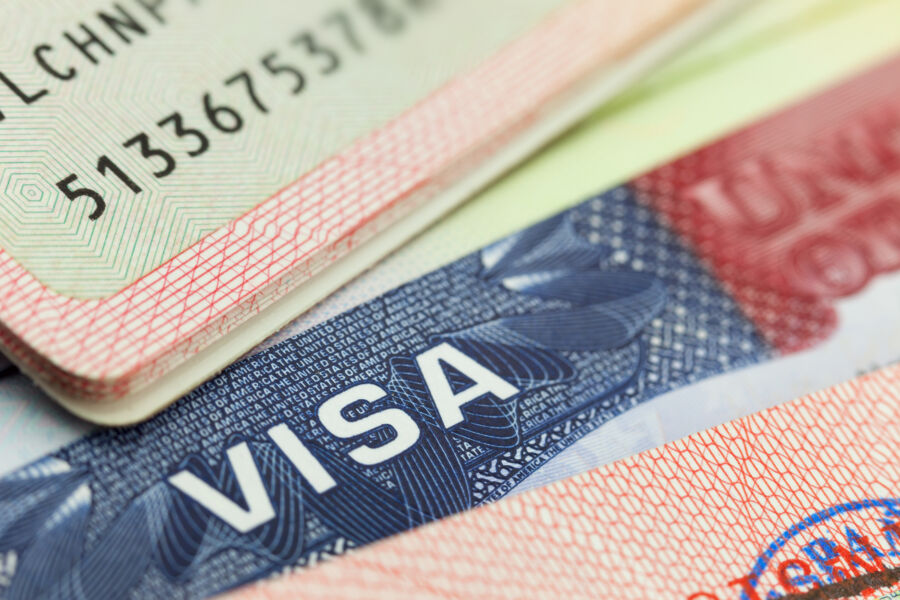
If you’re planning a U.S. trip and need a visa, odds are this $250 charge is headed your way. The fee targets certain travelers based on visa type and country of origin, but there are a few carve-outs and quirks you’ll want to know about before booking anything.
Nonimmigrant Visa Applicants

If you’re applying for a non-immigrant visa, this fee is almost certainly in your future. That means tourist visas (B‑1/B‑2), student visas (F‑1, F‑2), exchange visas (J‑1, J‑2), and a whole lineup of temporary work visas like H‑1B or H‑4.
You only pay when the visa is approved and issued—not just for applying. But remember, this $250 is in addition to other visa costs like the MRV application fee or reciprocity fees.
I’ve been through the visa process myself, and that surprise “extra fee” at the end is never fun. Budget for it upfront. If you’re traveling with family, it’s per person, not per group.
Countries and Travelers Exempt
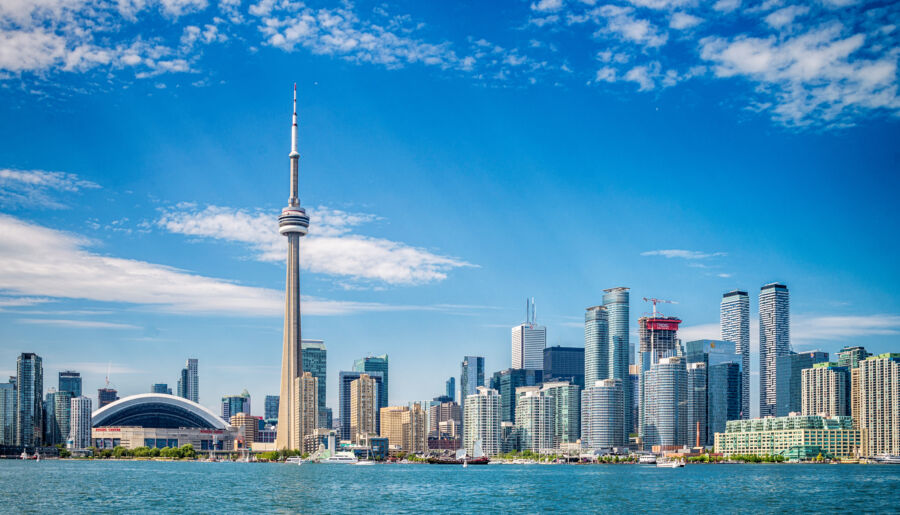
Not everyone has to pay. If you’re from a Visa Waiver Program (VWP) country, you can visit the U.S. for up to 90 days for tourism or business without a visa—and skip this fee.
The list includes 42 countries, like the UK, Japan, Australia, most of Western Europe, and some less obvious ones like Brunei and Chile. Canada and Bermuda citizens are generally exempt from short visits.
There’s a catch, though: if you’re from a VWP country but need a special visa—say, a student visa—you’ll still pay the fee. I’ve seen travelers get tripped up thinking “visa-free” means “fee-free.” Nope.
Special Cases and Exceptions

No standard waiver or discount here. Even kids, retirees, or short-term workers pay the same $250 if their visa type requires it.
One possible break? The Department of Homeland Security can reimburse the fee if you follow every visa rule to the letter—leave on time, maintain your status, and so on. But reimbursement isn’t automatic, and you’ll need to request it.
Certain diplomatic or government-related travelers might be exempt under existing agreements, but that’s handled case-by-case basis. If you’re in that category, double-check with the consulate before assuming you’re off the hook.
See Related: Ultimate Travel Visa Guide: Essential Tips for Global Explorers
How and When the Fee Will Be Collected
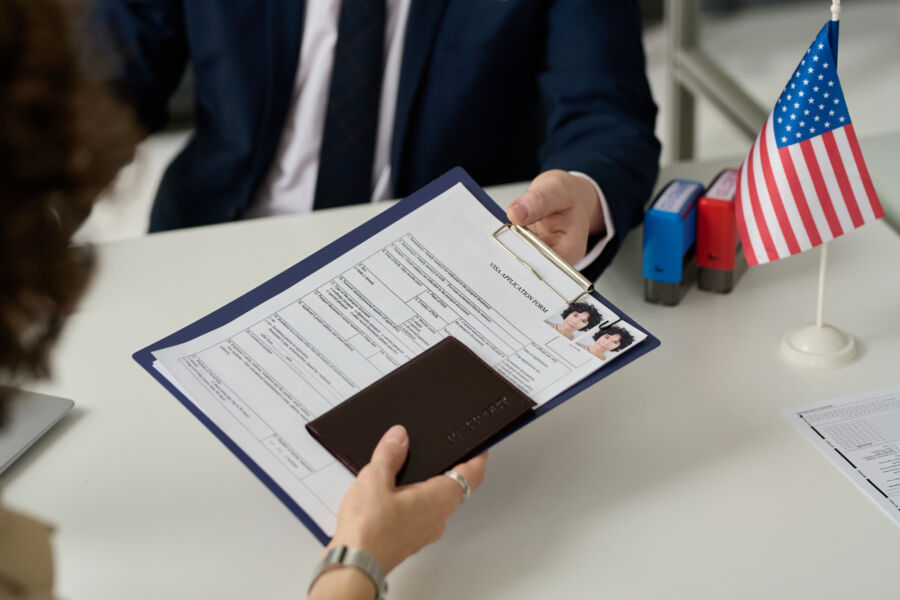
The $250 Visa Integrity Fee won’t hit all travelers at once, and the collection process may vary. The Department of Homeland Security (DHS) and the Department of State will share responsibilities, but the finer details—like exact payment methods—are still up in the air.
Implementation Timeline

The law authorizing the fee kicked in with the start of the U.S. 2025 fiscal year on October 1, 2024. That doesn’t mean you’ll see it applied right away, though.
DHS still needs to set up systems to collect it, and the Department of State will probably update visa application platforms. If you’re applying for a non-immigrant visa in late 2025, plan for the fee to be in place.
It could roll out in stages, starting with certain U.S. embassies or consulates before expanding worldwide. Travelers from Visa Waiver Program countries are off the hook for now, but if you need a visa, keep an eye on official embassy updates so you’re not blindsided.
Collection Process and Agencies

You’ll probably pay the $250 fee during your visa application, right alongside your standard visa application fee. The Department of State will handle most payments, since it already processes visa fees.
DHS might step in for certain categories, like border-issued entry documents. The payment will likely be online, through the same portal where you fill out your visa forms, like the DS-160. If you’re applying in person at a consulate, you might pay at the cashier’s window instead.
If you’ve ever paid for travel insurance or other trip-related fees online, the process will feel familiar—credit card, debit card, maybe electronic bank transfer. Just remember, this fee is separate from other costs like the MRV fee.
Refund and Reimbursement Rules
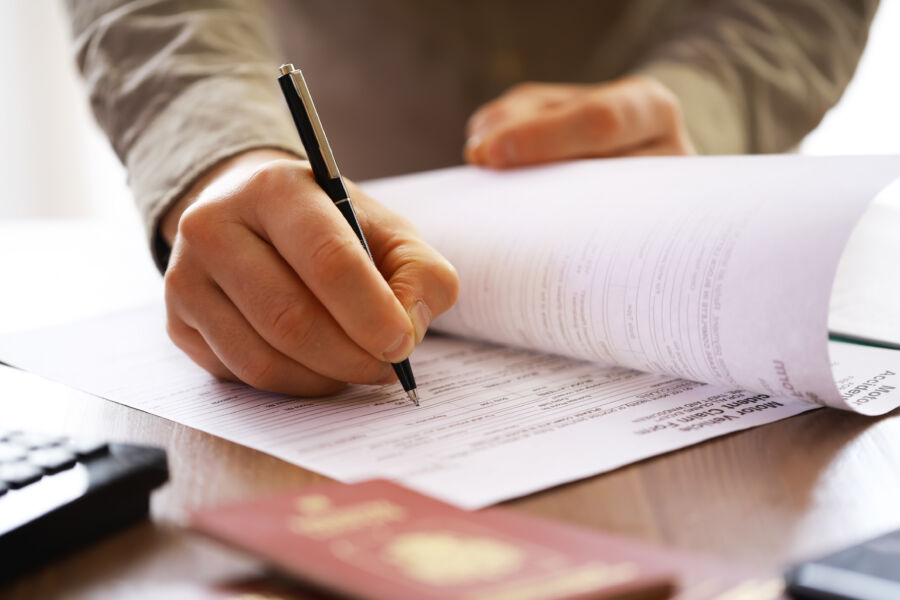
The law allows for reimbursement if you follow the visa rules—meaning you don’t overstay and don’t work without permission. But “reimbursement” isn’t the same as an instant refund. You’ll have to wait until your visa expires and then submit proof you followed the rules.
DHS will likely run this part, but you may need to apply through a specific online portal. Expect to provide your I-94 travel record and possibly other documents to prove you left the U.S. on time.
Heads up: the fee is non-waivable at the time of payment. Even if you’re sure you’ll qualify for a refund, you still have to pay upfront. If you forget to apply for reimbursement within whatever deadline they set, that money’s gone for good.
Impact on International Travelers

The new $250 “visa integrity fee” changes the cost equation for many visitors. It applies to most non-immigrant visa applicants, including tourists, students, and temporary workers, but not travelers from Visa Waiver Program countries.
Increased Travel Costs
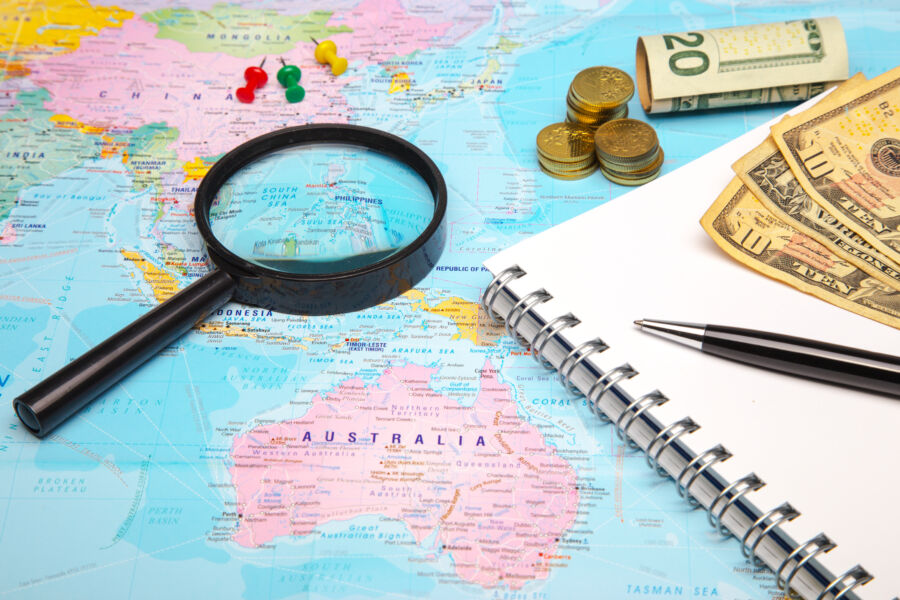
If you’re already paying the standard $185 non-immigrant visa fee, this new $250 charge bumps your upfront cost to $435 per person. For a family of four, that’s $1,740 before you’ve even booked flights or hotels. And that doesn’t count reciprocity fees some countries already face.
Budget-conscious travelers might cut their trip short, skip certain activities, or pick cheaper places to stay. You might swap a guided city tour for a self-led walk, or pass on that once-in-a-lifetime helicopter ride. For some, the fee could tip the scales toward visiting a different country entirely.
When you add up airfare, hotels, and daily expenses, the increase might not look huge compared to the whole trip. But paying more up front feels like a hurdle. And if you’re planning for something big like the 2026 World Cup, every extra dollar counts.
Effect on the Visa Application Process

This new fee doesn’t mess with your actual visa interview or the pile of paperwork, but it does tack on another payment. You’ll want to plan for it early—otherwise, you risk running into annoying delays.
If you’re applying for a short visit, that extra $250 can feel way out of proportion to your trip length. It’s a bit of a sting, honestly.
Some travelers have to show proof they’ve paid both the visa fee and this new integrity fee before they can even book their interview. The law technically allows for reimbursement, but good luck figuring out how that works—most folks probably won’t even bother.
If you’re already juggling a mountain of paperwork, here’s just one more thing to keep an eye on. I always recommend saving every receipt and payment confirmation—just in case something gets questioned down the line.
And don’t forget, you’ve got other trip costs to budget for, like booking hotels or sorting transport before you go. The fees are just another line item on an already crowded list.
Travel Industry Reactions

The U.S. Travel Association, with Geoff Freeman at the helm, came out swinging against the fee. They’re calling it a “junk fee” and worry it’ll push visitors to countries that seem more welcoming (and cheaper).
From their perspective, money tourists would’ve dropped in U.S. hotels, restaurants, and attractions might just end up somewhere else. Not exactly what local business owners want to hear.
Tour operators and small businesses are nervous. Fewer international guests means fewer bookings, emptier restaurants, and way fewer tickets sold for local attractions.
Industry folks keep pointing out that rising travel costs—from a strong dollar to sky-high airfare—already make the U.S. a tough sell. This new fee just adds another reason for travelers to look elsewhere.
See Related: TSA Regulations: Can You Bring Shaving Razors on a Plane?
Implications for Major Events and Tourism

This $250 visa integrity fee is rolling out just as the U.S. is about to host some of the biggest sporting events in ages. For a lot of travelers, that extra cost isn’t just a minor detail—it might decide if they come at all.
And let’s be real, event organizers are probably sweating about how many fans might skip the trip because of it.
World Cup Visitors

Thinking about coming to the U.S. for the 2026 FIFA World Cup? Better add this fee to your budget. Most fans from outside the Visa Waiver Program will have to cough up a few hundred bucks extra once you throw in the regular visa and Form I‑94 fees.
That’s not even counting flights, hotels, or tickets. I’ve been to a World Cup before—trust me, every dollar matters when you’re juggling stadium passes, food, and getting around. For some, that extra $250 means trimming days off the trip or skipping a match.
Keep in mind, the World Cup is spread across a bunch of U.S. cities. If you’re bouncing between matches, you’ll want to hunt for cheap tickets for domestic flights and maybe some luggage storage. The fee won’t scare away the die-hard fans, but it could thin out the casual crowd.
Olympics Attendees
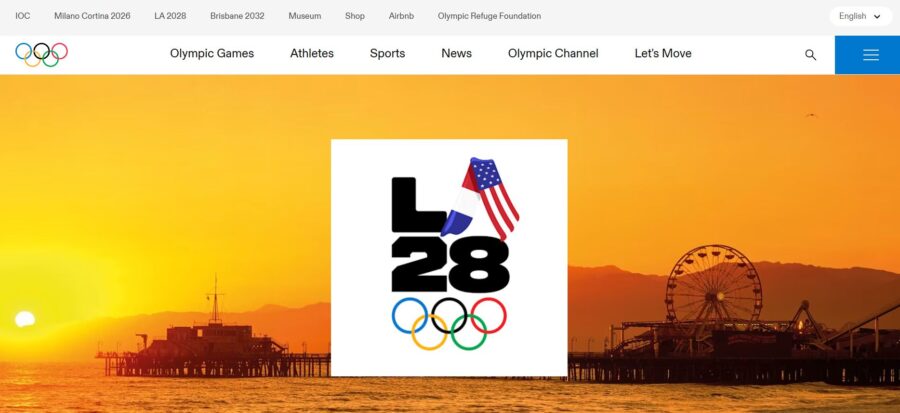
The 2028 Summer Olympics in Los Angeles will draw huge international crowds. But if you need a non-immigrant visa, you’ll have to pay this integrity fee on top of all your usual travel costs.
That’s not a big deal if you’ve been saving for years, but for spontaneous travelers? It’s another headache.
Olympic trips usually last longer than World Cup visits—people often stay a week or more. That means higher hotel bills, more eating out, and more cash spent on getting around. When your budget’s already stretched, an extra $250 can tip the scales.
Families and groups feel the pain. Imagine a family of four from outside the Visa Waiver Program—suddenly you’re out an extra $1,000 before you’ve even bought event tickets. That’s enough to make some folks just watch from home.
Travel Trends and Projections

Will the fee destroy tourism numbers? Probably not. But it’ll change who comes, and maybe how long they stay.
Travelers from lower-income countries will feel it most. For major events like the World Cup and Olympics, that probably means fewer fans from certain regions.
We might see people cutting trips short—maybe five days instead of two weeks, just to save on hotels and meals. That’s a bummer for local businesses, and it changes the whole vibe of a host city during big events.
If you’re planning a trip, honestly, your best move is to budget early and hunt for savings elsewhere—book flights way ahead or pare down your travel gear to the essentials. The fees are here to stay (for now), so you’ve got to work around it.
Criticisms and Controversies

The $250 “Visa Integrity Fee” has drawn fire from tourism groups, immigration advocates, and even some business leaders. Critics say it’ll raise travel costs, cut visitor numbers, and complicate visa processing—without much evidence that it’ll fix the problems it targets.
Concerns from Travel Associations

The U.S. Travel Association and CEO Geoff Freeman haven’t held back on the potential damage to tourism. They’re warning that this fee could make the U.S. look less attractive compared to places that skip the extra charges.
If you’ve ever compared airfare and hotel prices between countries, you know that little differences can sway a traveler’s decision. Add $250 per person, and suddenly a family trip to the U.S. feels out of reach.
International visitors spend billions in the U.S. each year. If even a small chunk of them skip the trip, local businesses—especially in smaller cities—are going to notice. It’s not just hotels and restaurants, either; think tour guides, rideshare drivers, and even the folks selling fridge magnets.
Some association members are pushing the Department of Homeland Security (DHS) to consider exemptions for certain travelers, like students or cultural exchange participants. They argue these groups bring long-term benefits that are worth more than the risk of overstays.
Debate Over Deterring Overstays

Supporters claim the fee’s supposed to discourage people from overstaying their visas. The idea is, if you pay more up front, maybe you’ll think twice before breaking the rules.
But honestly? Most research says people who overstay aren’t making decisions based on visa fees. A lot of overstays happen because of personal crises or politics, not because the visa was cheap.
Critics point out the U.S. already has systems to track overstays, so a blanket fee for everyone feels like overkill. Kind of like charging every driver a toll because a few speed.
Some immigration lawyers even think the fee could backfire. Fewer applicants means less tourism money and less of that soft power that comes from cultural exchange.
Policy Adjustments and Future Outlook

The DHS has hinted that the fee structure might change before everything goes live in 2026. They could roll out tiered pricing or even waive the fee for low-risk countries.
If you’ve ever watched a new policy roll out, you know it rarely ends up looking exactly like the first draft. Lobbying, foreign governments, and public feedback can all shift the rules.
Some analysts figure the fee might be temporary—meant to fund a specific program—then quietly disappear. Others think it could stick around, like the September 11th Security Fee on airline tickets that’s still here decades later.
For now, you should expect the $250 charge to be part of your trip budgeting. But with enough noise, maybe not everyone will end up paying the same.
See Related: Visa Interview Tips: A Comprehensive Guide for Success
Frequently Asked Questions
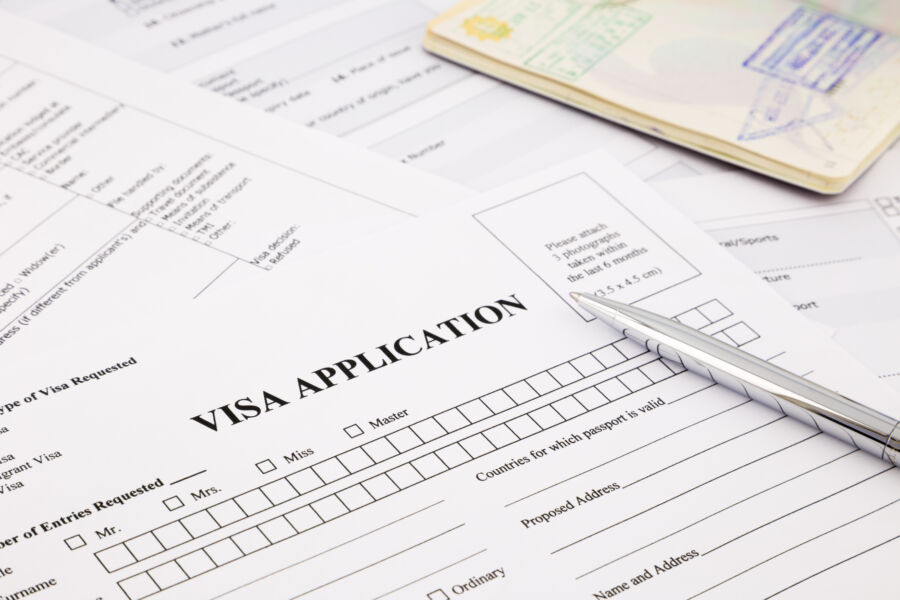
The new $250 Visa Integrity Fee changes both the cost and the process for getting a U.S. visa. You’ll need to budget extra for your trip, and depending on your visa type and where you’re from, you might have a few more hoops to jump through.
What are the new requirements for obtaining a U.S. visa following the implementation of the Visa Integrity Fee?
You’ll still go through the usual motions—forms, interview, documents—but now you’ll need to pay the $250 fee if your visa type falls under the rule. That’s on top of the regular application fee.
Sometimes, consular officers ask for more details about your travel history or even your online activity. I’ve seen friends get requests for old passports or proof of past trips, so it’s smart to have those handy. They’re just being thorough, not trying to make things impossible.
And don’t assume you’re off the hook—even frequent U.S. travelers may need to pay. The only exceptions are for certain categories like diplomats or travelers from countries with special agreements.
How does the introduction of the Visa Integrity Fee impact the overall cost of U.S. travel for international visitors?
For most travelers, it’s a flat $250 tacked onto the bill before you even think about booking your flight. Traveling with family? That fee balloons—suddenly, a family of four is staring down an extra $1,000, just for the privilege of applying.
Once you add the regular visa fee, flights, insurance, and a place to sleep, the U.S. trip budget jumps in a way that’s hard to ignore. I’ve had readers confess they’ve shelved their plans for at least a year just to scrape together enough cash.
It’s not only about the money, though. Some folks might just skip short trips altogether because the fee makes quick visits feel kind of pointless. If you’re staying longer, maybe it stings less—but wow, it still stings.
